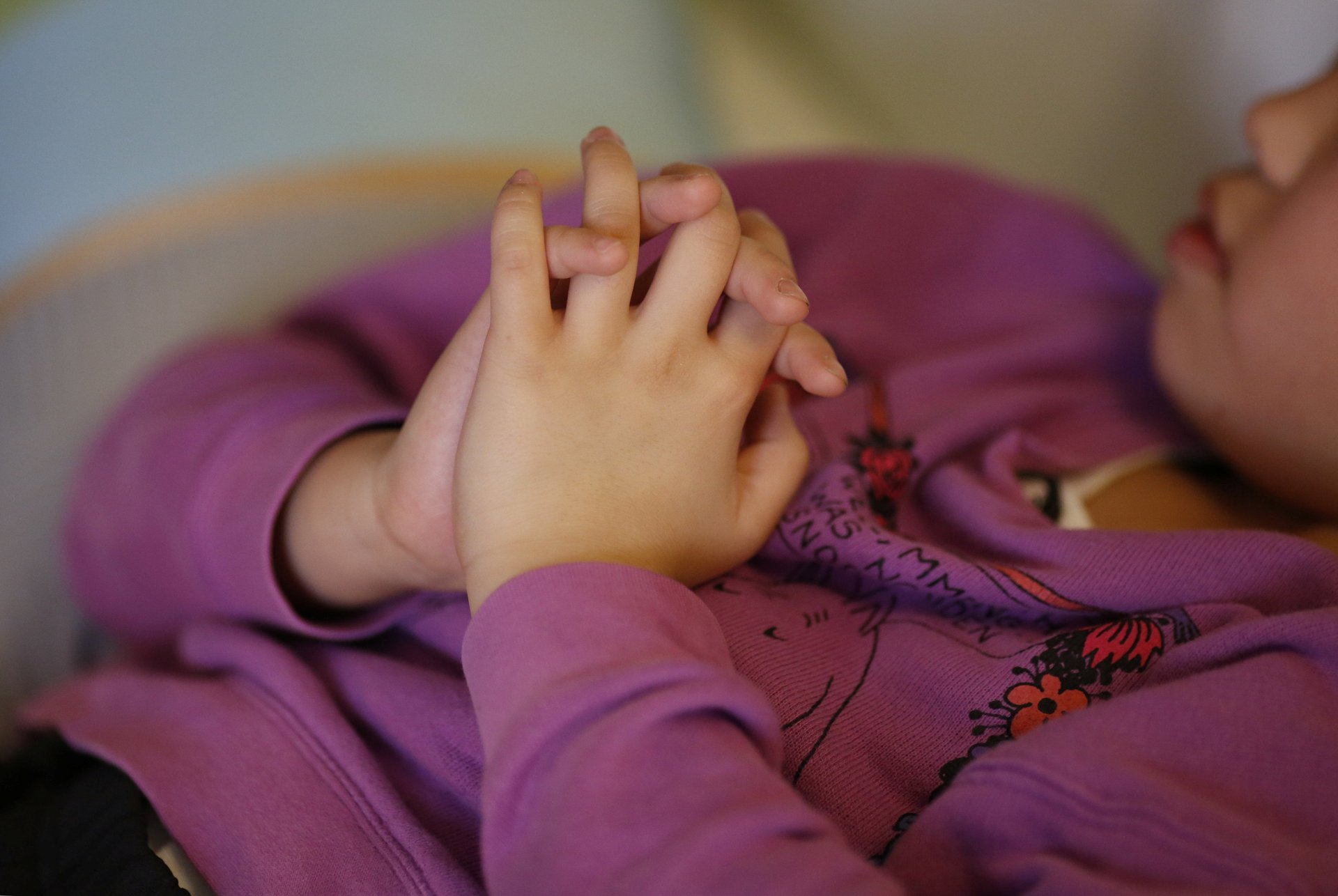Accounts from The Truth Project reveal the lifelong consequences of childhood abuse
In 2015, the British government set up the Independent Inquiry into Child Sexual Abuse to investigate why institutions from local councils to churches and boarding schools had failed to protect children.


In 2015, the British government set up the Independent Inquiry into Child Sexual Abuse to investigate why institutions from local councils to churches and boarding schools had failed to protect children.
The Truth Project, a forum for victims and survivors to share their stories, was created to helping guide the investigation. So far, the project has collected 1,040 stories of abuse. In 520 cases, victims agreed to make their stories public. Most of them are female, and 94% of them were abused by men. The youngest participant was 21, the oldest 95.
Reading the details can be disturbing. The accounts are striking in how they reveal lifelong consequences. Here are three of the stories from victims, whose names have been changed:
Mary
Mary was abused by her older brother from the age of 10 to when she fled her home as a teen. Her brother claimed “this is what big brothers do…show you how to do it…explain sex.” He then began regularly raping her. When she left home, she had a child (the report doesn’t specify whether it was her brother’s child). She moved to another town but she still had to see him at family events. When she learned he was moving to the same town, Mary “had a meltdown.” “I didn’t want him near me or near my child,” she said. She reported her abuse to the police, but her brother was not charged, because of lack of evidence. Mary suffered a breakdown and post-traumatic stress and has received counseling. She continues to have night terrors.
Katie
Katie grew up in foster care and group homes. In one home, she was abused by a male staff member and, when she fought back, she says she was given a juvenile conviction. ”The judge said I was a violent out-of-control child, whose parents didn’t even want her,” she said. “That was not true…I was trying to defend myself.” Katie describes one home: “It was like a whorehouse, we were encouraged to dress skimpily.” During her time in there, Katie says she was put on birth-control pills at a young age. She regularly ran away to escape the sexual abuse, only to be returned. She was never asked by officials why she had run away. “I was running away, trying not to get raped. I had a single room; the night staff would come in and I would scream and shout.” But nobody on the staff helped her. She received no protection from the police, either; during one of the times when she ran away, she says she was put in a dog kennel by officers. Katie says she has never had counseling and feels she hasn’t been able to deal with what happened. She describes herself as living in a solitary person: “I work long hours…I don’t give myself time to think…I exist, I don’t live.”
Jim
Jim was brought up in a violent household. After a psychiatrist recommended he be sent to a residential school, he rarely saw his parents. He was around 7 or 8. At the school, a staff member named Bill sexually abused him regularly. Jim also was taken to abandoned buildings and was abused by multiple men. When he reported the attacks to a female staff member, Jim says she called him a liar, saying Bill cared about him too much to do that. He still has nightmares, and has self-harmed, and has come close to suicide. When dealing with his pain, Jim says, “I have the choice to live with what goes on in my head, or to kill myself.”
The Truth Project is seeking testimonies and participants. You can make contact here.
This reporting is part of a series supported by a grant from the Bernard van Leer Foundation. The author’s views are not necessarily those of the Bernard van Leer Foundation.